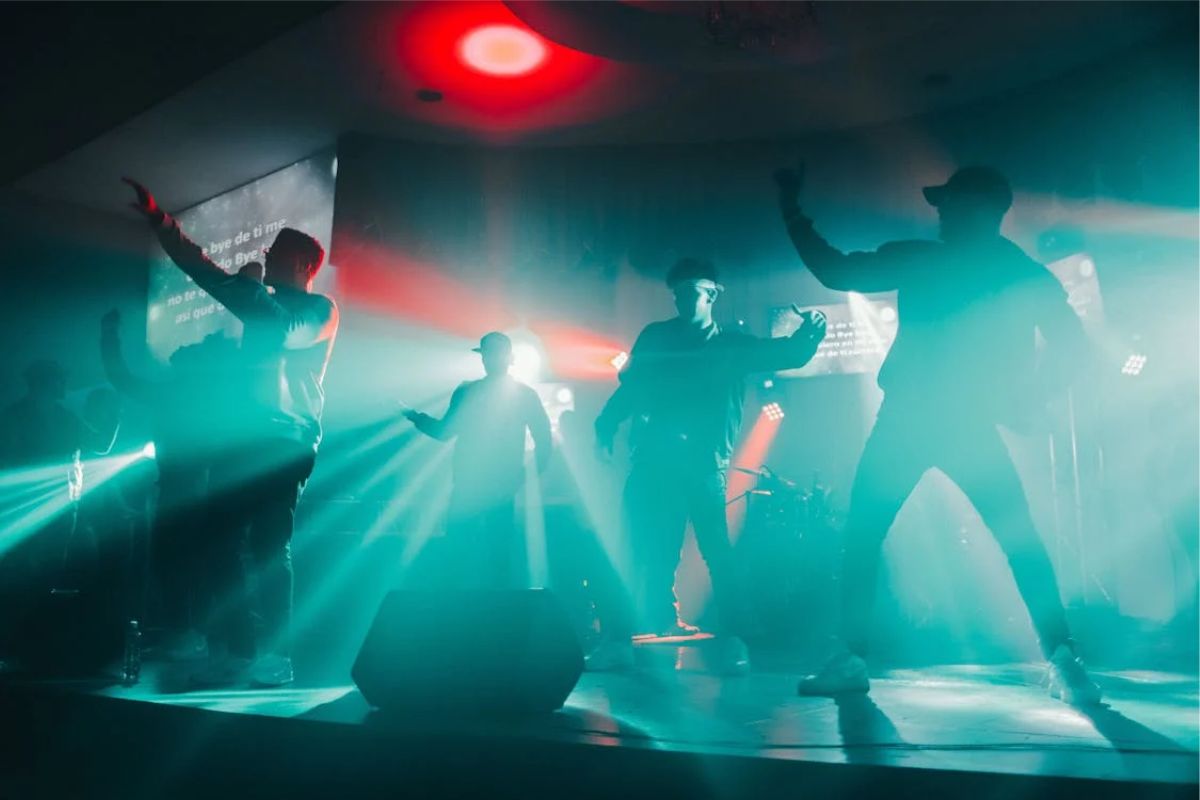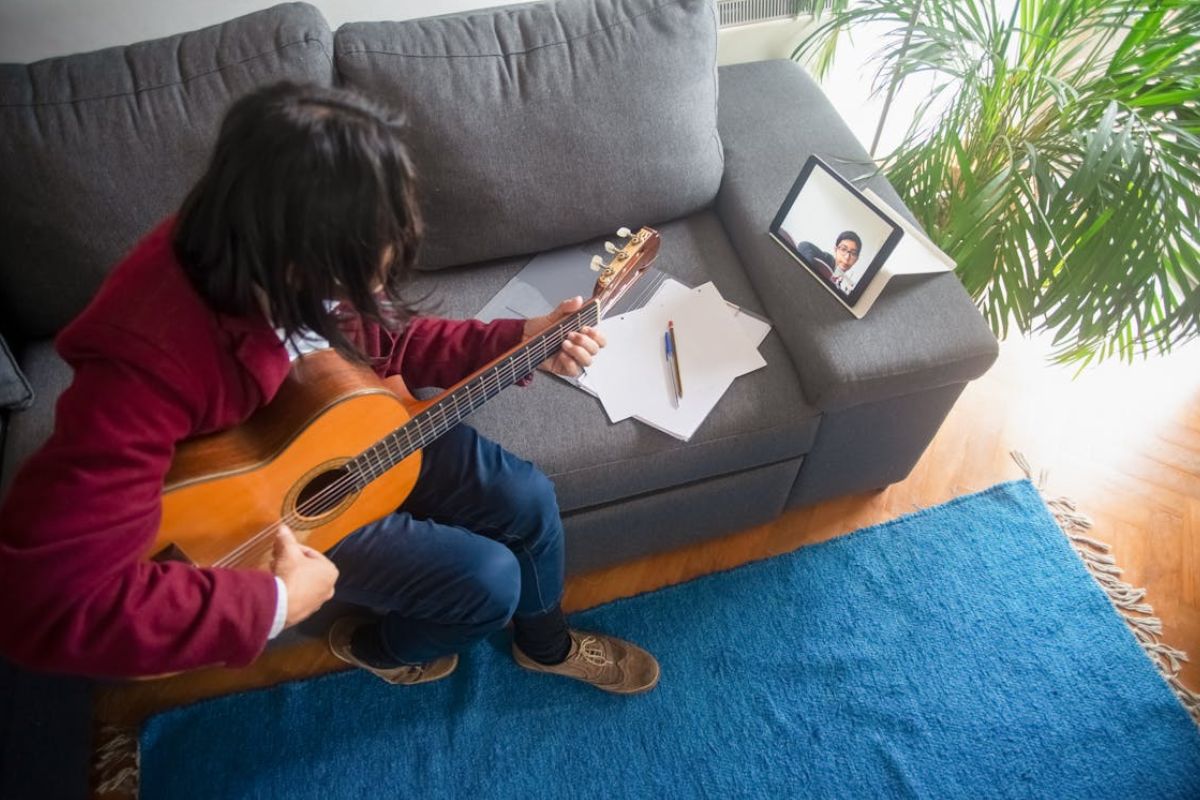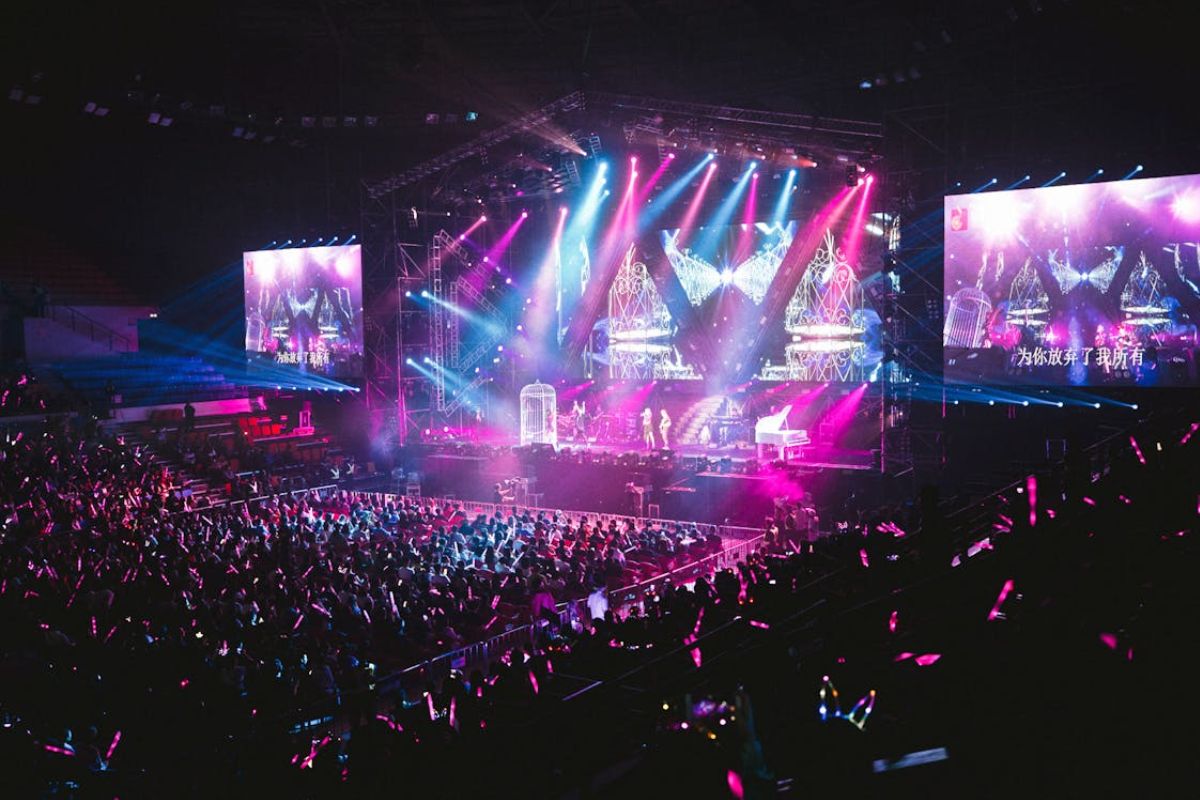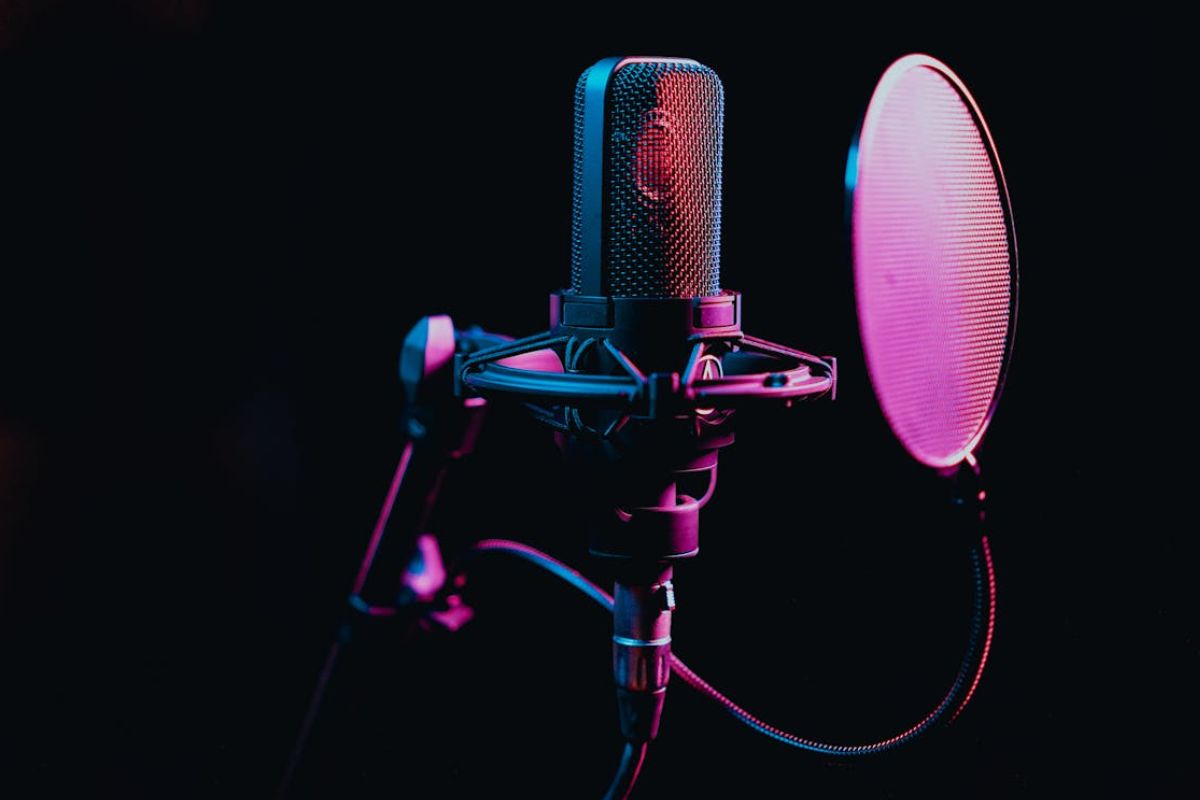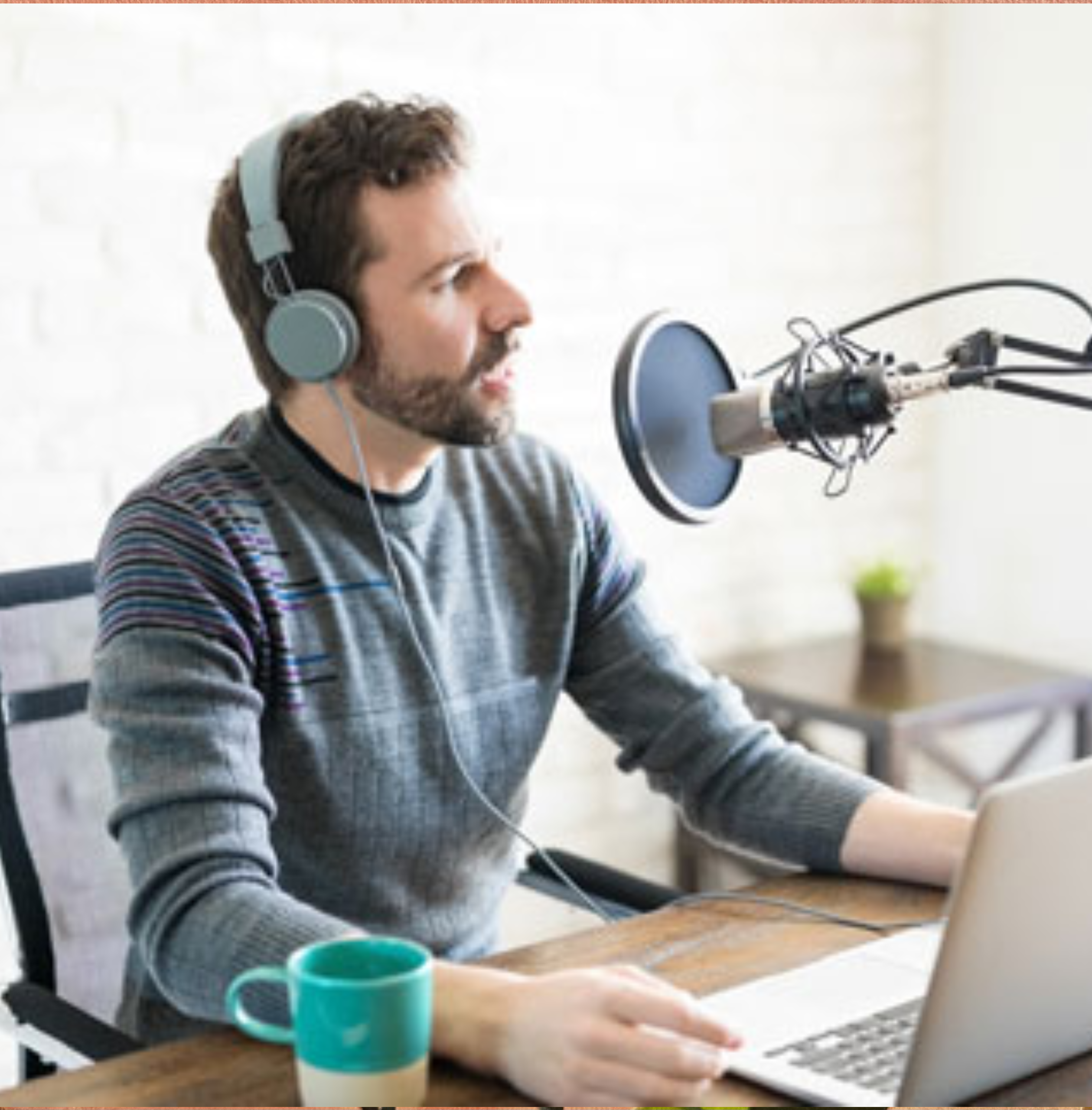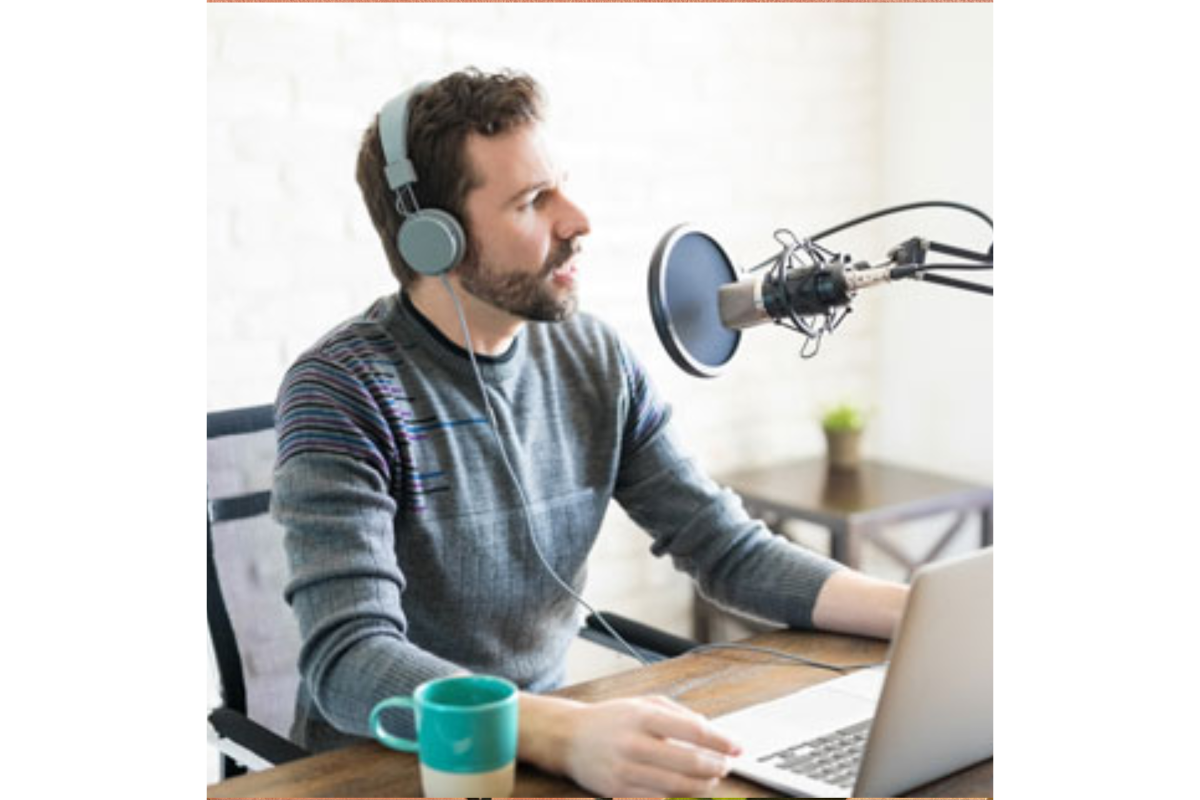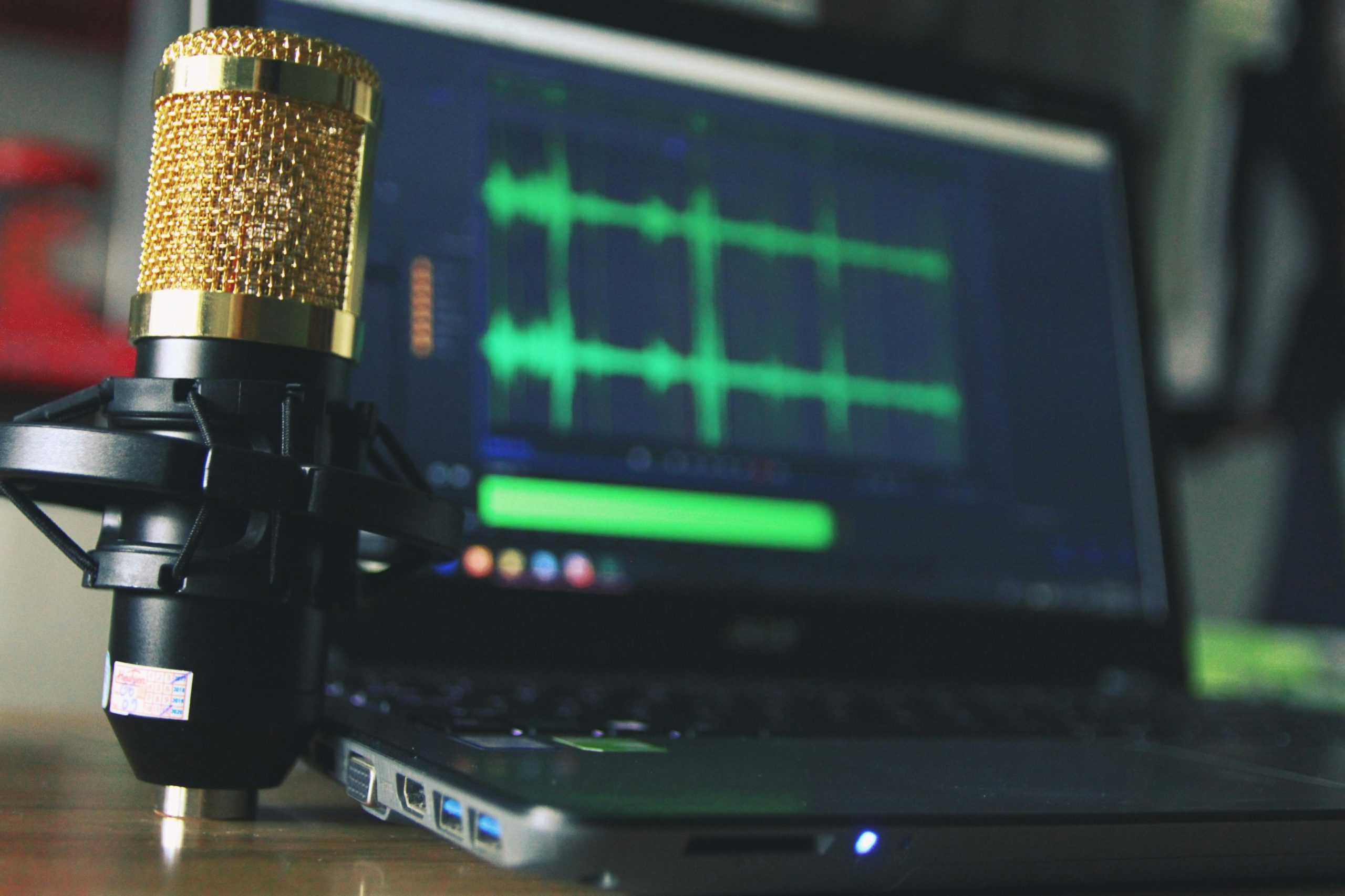
With the rise of streaming services and online music platforms, the way we listen to music has evolved. However, for music lovers looking to support independent artists and own their favorite tracks, legal music downloads are still an essential part of the equation. Purchasing legal downloads from independent artists not only allows you to enjoy high-quality music but also helps sustain the creative careers of up-and-coming musicians. In this blog, we will explore the various ways to access legal downloads from independent artists, ensuring both ethical consumption and support for the music community.
1. Explore Music download platforms
One of the most straightforward ways to access legal downloads from independent artists is through specialized music download platforms. These platforms are designed to offer high-quality tracks directly from the artists to their fans. Websites like Bandcamp and SoundCloud have become go-to sources for discovering independent music and purchasing downloads legally.
Bandcamp, for example, offers a direct connection between artists and fans, allowing musicians to set their own prices, provide additional content like album art and lyrics, and even offer exclusive tracks. Fans can browse by genre, location, or popularity, and easily download their favorite albums or singles in multiple formats. By purchasing music on platforms like these, you ensure that the artist receives a fair share of the revenue.
2. Check out Artist Websites and Merch Stores
Many independent artists run their own websites or online merch stores, where they offer not only physical products but also digital music downloads. Purchasing music directly from the artist’s website is one of the most impactful ways to support them financially. These platforms often give artists more control over pricing and revenue, ensuring that a larger portion of the money goes directly to them.
When visiting an artist’s site, look for sections labeled “Music,” “Store,” or “Discography,” where you will typically find albums available for purchase as digital downloads. This is an ideal way to get exclusive content, limited edition tracks, or special bundles that you will not find anywhere else. Some artists also offer “pay-what-you-want” models, allowing you to decide how much you would like to contribute.
3. Leverage Subscription-Based Music Services
While subscription services like Spotify and Apple Music are primarily for streaming, some platforms also allow users to legally download tracks. While streaming might be the primary model on these platforms, there are opportunities to purchase music from independent artists via their integrated store systems. For example, Apple Music often offers independent artists’ music for sale as digital downloads through the iTunes Store, giving users the option to own the tracks outright.
These subscription services often host a wide variety of independent music alongside mainstream hits, making it easier for fans to discover new artists while supporting them financially. You can also take advantage of curated playlists featuring indie music, helping you discover artists who are offering legal downloads on various platforms.
4. Join Independent Artist Communities and Forums
Another way to access legal music downloads is by joining communities and forums where independent artists and fans come together. Many artists use these spaces to promote their music, offer free downloads, or provide links to their music on platforms where it can be purchased legally. These communities can also be a great place to discover up-and-coming talent and interact directly with the artists themselves.
Websites like Reddit, Discord, and specialized artist forums often have dedicated threads or channels where independent artists share their music and offer exclusive downloads for fans. In some cases, artists may even run campaigns to support their music releases by offering discounts or limited-time free downloads in exchange for support, such as following their social media accounts or sharing their work.
5. Support Crowdfunding Campaigns for Music Projects
Crowdfunding has become an essential tool for independent artists to finance their music projects, and it often comes with the added benefit of exclusive access to music downloads. Platforms like Kickstarter and Patreon offer ways for fans to directly support artists in exchange for early access to their music, digital downloads, or even behind-the-scenes content.
When you contribute to an artist’s crowdfunding campaign, you are not only helping them fund their creative projects, but you are also often rewarded with exclusive access to music downloads. This could include access to unreleased tracks, album pre-orders, or even special digital editions of albums.
6. Look for Independent Artist Playlists and Blogs
Many independent music blogs and playlist curators focus on promoting new and emerging artists. These platforms are an excellent way to discover legal music downloads from lesser-known musicians. Curators often link directly to platforms where fans can download tracks legally, such as Bandcamp, and can be a valuable resource for discovering hidden gems in the indie music scene.
By following these blogs or curated playlists, you can stay up-to-date on the latest releases from independent artists and find direct links to legally purchase or download their music. These resources help artists reach a wider audience and allow fans to support them directly.
Empowering Artists through Legal Downloads
The evolution of the music industry has created new opportunities for independent artists to share their work with the world, but it is crucial that music lovers make the effort to access music through legal music download platforms. By purchasing music through platforms like Bandcamp, directly from artists’ websites, or through crowdfunding campaigns, you are supporting the musicians you love and ensuring they are compensated for their hard work and creativity.
As we continue to explore the vast landscape of independent music, let us remember that every download contributes to the artist’s journey, helping them thrive in an industry that is increasingly reliant on the support of dedicated fans. So, next time you discover a new artist, consider making that legal music download and be part of the movement that empowers musicians around the globe.

